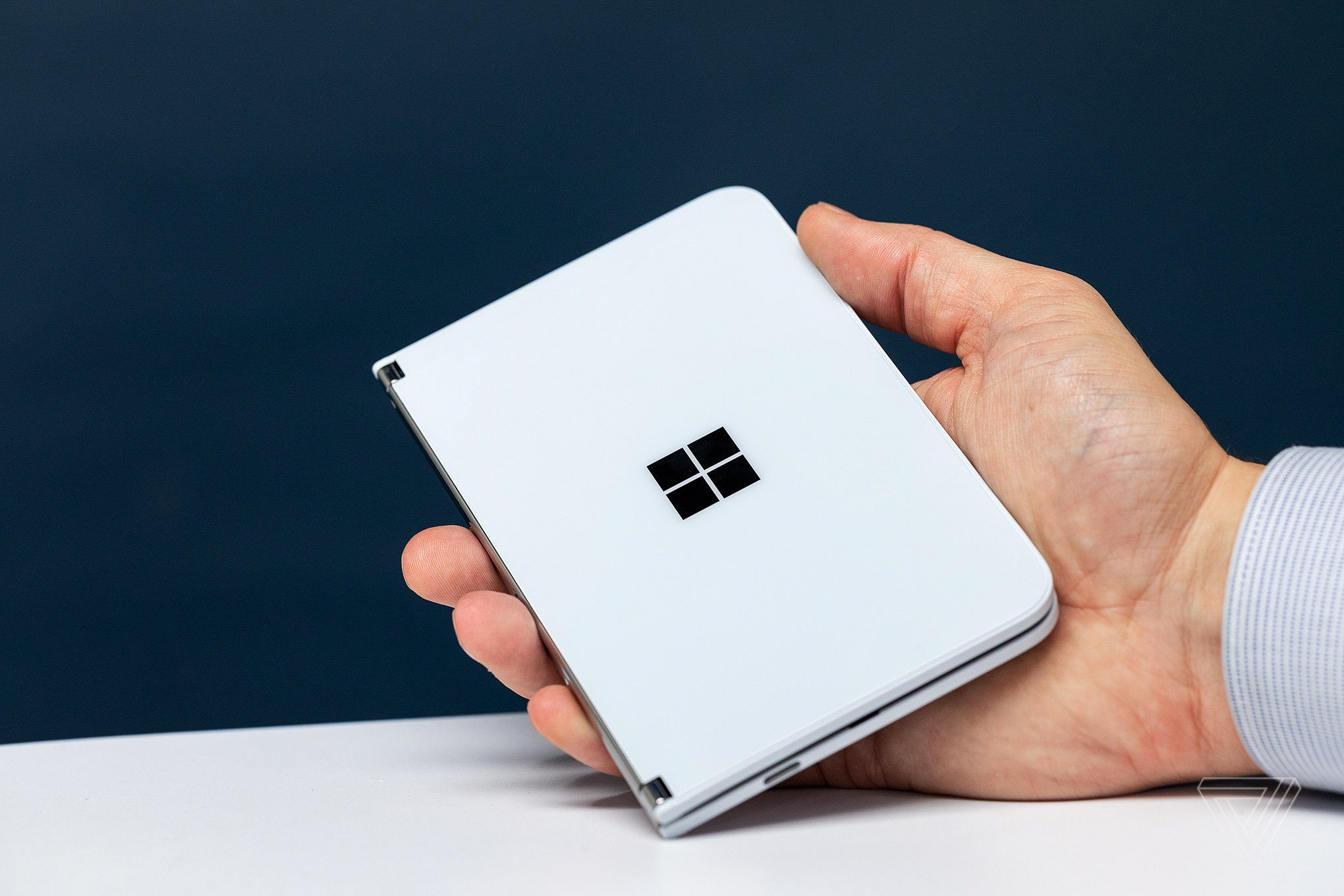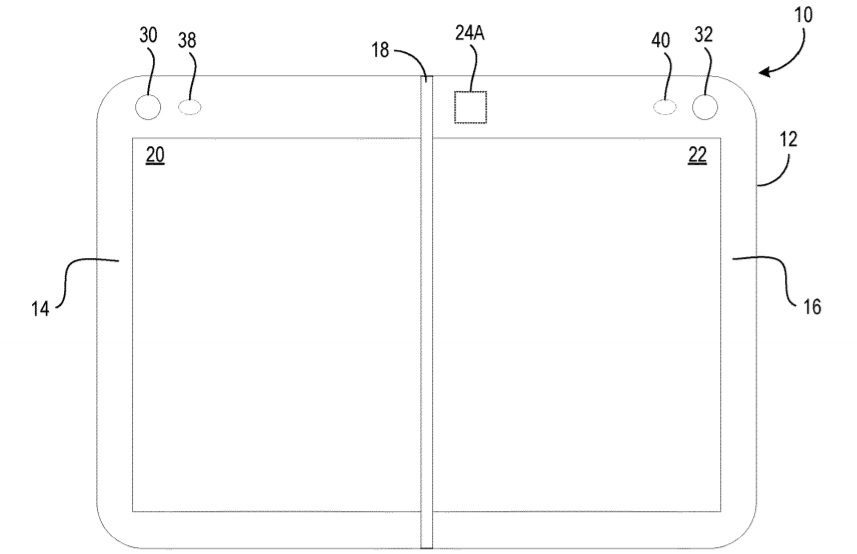Microsoft patents a Surface Duo-like device with multiple cameras

Microsoft appears to be very keen on introducing dual-screen foldable devices to the market. The company recently announced Surface Neo and Surface Duo, both of which are expected to be available by the end of this year. While Microsoft’s dual-screen devices are yet to be available in the market, smartphone experts are already praising Microsoft’s dual-screen foldable devices.
However, there are some apprehensions regarding the camera performance in Surface Neo and Surface Duo. Many experts hold the view that the camera quality in Surface Neo and Surface Duo won’t be as good as flagship Android smartphone or iPhone and while we don’t know about the camera performance in Surface Neo or Surface Duo yet, Microsoft appears to be quite serious about the camera quality, or should I say camera quantity in its future dual-screen devices.
The Surface maker has recently filed a patent for Surface Duo-like dual-screen foldable smartphone that has multiple front-facing cameras as against one front-facing camera and one LED flash in the recently announced Surface Duo.
According to Microsoft, dual-screen devices can have four front cameras, the first two of which are configured to face the object, while the third and the fourth module are configured to face forward(via Windowslatest).
“The first camera and the second camera simultaneously capture a respective first image and a respective second image, the first and second images are captured as a stereo pair of images. The processor is configured to process the first image of the stereo pair with a red filter according to the selected function. The processor is configured to process the second image of the stereo pair with a cyan filter according to the selected function, and the stereo pair of images is displayed as a single anaglyph image,” the patent reads.
Read our disclosure page to find out how can you help MSPoweruser sustain the editorial team Read more





User forum
0 messages